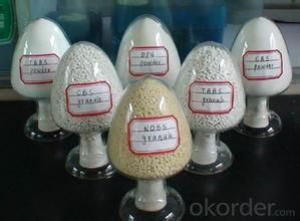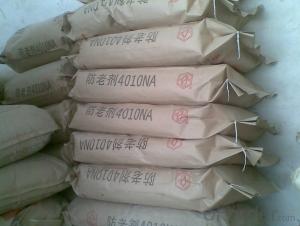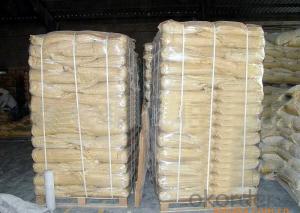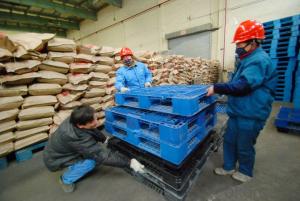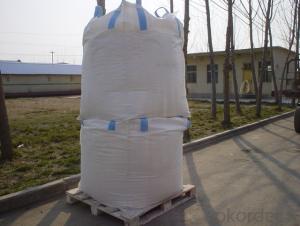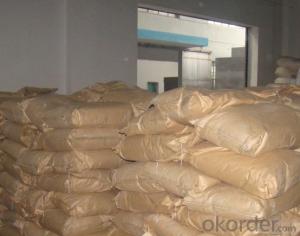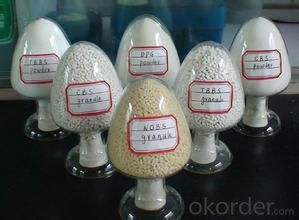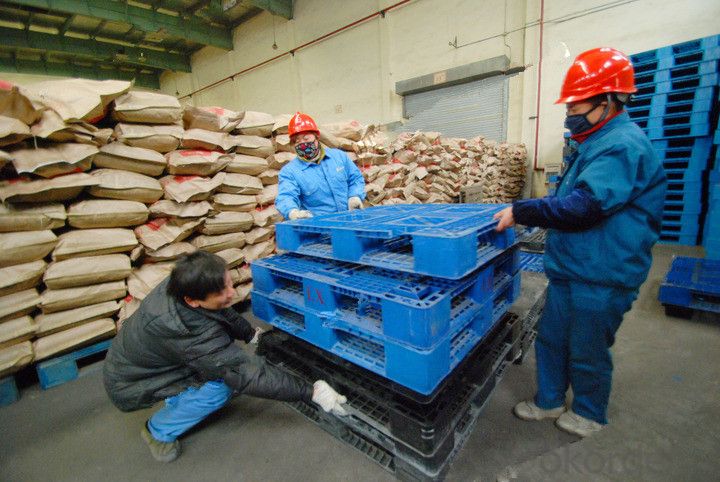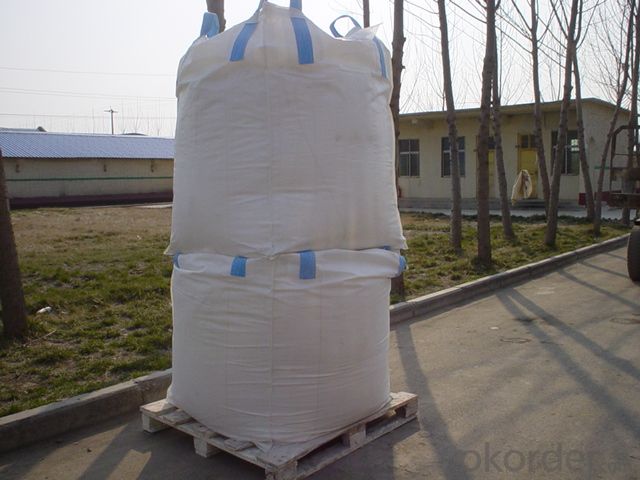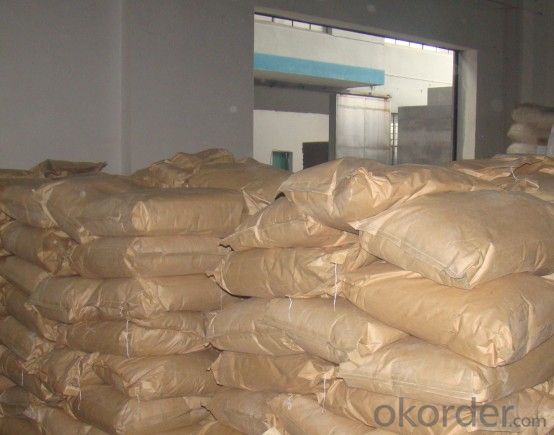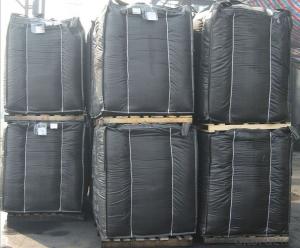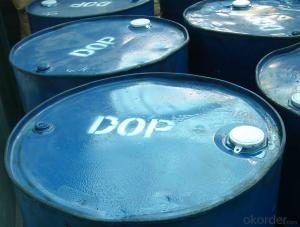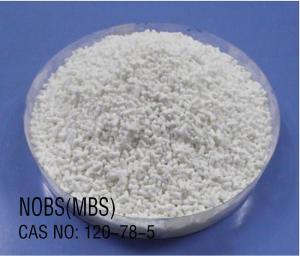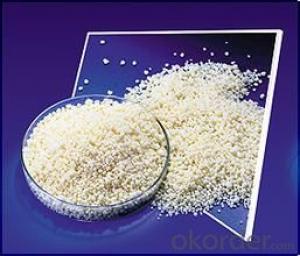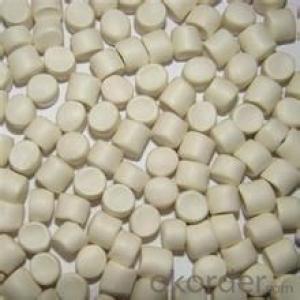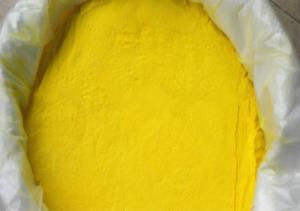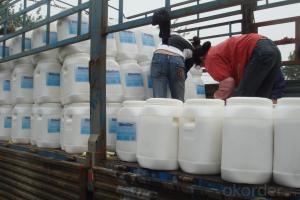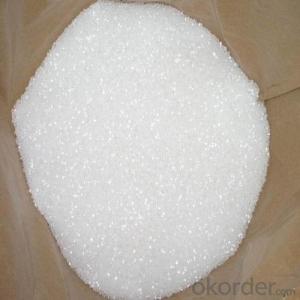RUBBER VULCANIZING ACCELERATOR MBS RUBBER CHEMICALS
- Loading Port:
- Tianjin
- Payment Terms:
- TT OR LC
- Min Order Qty:
- 25 m.t.
- Supply Capability:
- 12000 m.t./month
OKorder Service Pledge
OKorder Financial Service
You Might Also Like
RUBBER VULCANIZING ACCELERATOR NOBS(MBS)
Chemical Name:N-Oxydiethylene-2-Benzothiazole Sulfenamide
Molecular formula: C11H12N2S2O
Molecular Weight:253.35
CAS NO. : 102-77-2
Executive standard:GB/T 8829-2006
Specification:
| Index | ||
High-class products | First-class products | Acceptable end-product | |
Appearance | Faint yellow or orange granules | ||
Initial M.P, oC ≥ | 81.0 | 80.0 | 78.0 |
Loss on drying, % ≤ | 0.40 | 0.50 | 0.50 |
Ash, % ≤ | 0.20 | 0.30 | 0.40 |
Insoluble in Methanol,% ≤ | 0.50 | 0.50 | 0.80 |
Free amine,% ≤ | 0.50 | ||
Purity,% ≥ | 95.0 | ||
Properties: Faint yellow to brown lamellae. 80°C melting point.soluble benzene; carbon tetrachloride; ethyl acetate; ethanol, soluble in dichloromethane; acetone, less petrol, do not dissolve in water. Heating gradual decomposition.
Application:It'after-effect quick accelerator. Scorching time is longer and the processing safety is good.
Packing: 25kg paper bag inner with PE bag
Properties: The product should be stored in the dry and cooling place with good ventilation . The product should be avoid hot sunshine.
- Q: Chemistry GCSE what is a catalyst?
- Enzymes are catalysts in organic and organic strategies. many times catalysts that are used for business or lab reactions are fairly basic compounds. diverse reactions use diverse catalysts, that's because of the various reaction mechanisms. Catalysts take part in a reaction yet end unchanged. Hydrogenation catalysts are factors which includes platinum, nickel and so on. those metals react with the hydrogen on the exterior of them and the different reactant which includes vegetable oil to produce a product. Platinum is is utilized in catalytic converters on automobiles, in spite of the undeniable fact that lead can injury the platinum by potential of blocking off the exterior, subsequently you shouldn't use leaded petrol in automobiles with catalytic converters. Vanadium pentoxide is used to catalyse the reaction of SO2 to SO3 . and so on and so on. So in biology diverse enzymes are required for various reactions, reckoning on the reaction mechanism. Starch hydrolyses to glucose with an enzyme spoke of as ptaylin, cutting-edge in saliva. Proteins choose enterokinase to start the reaction all the way down to amino acids. there are a number of enzymes for various chemical strategies, that shall we not stay to tell the tale without. Animals that graze which includes cows and horses have enzymes cutting-edge of their digestive tract which will ruin down cellulose, we don't, so as that they are in a position to consume grass and so on and extract glucose from it. desire this helps, and not confuses.
- Q: What are the examples of chemical catalysts used in life?
- Clothing. "New synthetic fiber made of clothing, soft and comfortable and cheap and durable. Cloth from natural fibers to man-made fibers, and then to the development of synthetic fibers, dyes from the original natural dyes to the current synthetic dyes, reactive dyes , All reflect the contribution of chemistry to the development of clothing, chemical clothing from the initial cover utility, into today's beautiful, convenient, with a special function of the utility, it greatly enriched the style of clothing, material, use
- Q: Is the catalyst used in the starch phosphate reaction
- (Cat1, cat2, cat4 and cat5) in the presence of terephthalic acid,
- Q: Chemical questions: "CO2 and H2 in the catalyst conditions have a reaction, the reaction of the chemical equation is"
- CO2 + H2 = CO + H2O (conditions: catalyst, generally requires heating, and reversible)
- Q: what is metallocene catalyst technology?
- Metallocene catalyst A transition-metal atom sandwiched between ring structures having a well-defined single catalytic site and well-understood molecular structure used to produce uniform polyolefins with unique structures and physical properties. See also Catalysis; Coordination chemistry; Coordination complexes; Metallocenes; Organometallic compound. In the early 1980s, W. Kaminsky discovered that an appropriate co-catalyst activated metallocene compounds of group 4 metals, that is, titanium, zirconium, and hafnium, for alpha-olefin polymerization, attracting industrial interest. This observation led to the synthesis of a great number of metallocene compounds for the production of polymers already made industrially, such as polyethylene and polypropylene, and new materials. Polymers produced with metallocene catalysts represent a small fraction of the entire polyolefin market, but experts agree that such a fraction will increase rapidly in the future. See also Polymer; Polymerization; Polyolefin resins.
- Q: Cl + O3 ---> ClO + O2O + ClO ---> Cl + O2= O + O3 ----> 2O2What is the catalyst? The intermediate?How do you know which is which? If the rate law is rate=k [O3] [Cl]determine:a) the overall order.b) unit for k.c) the rate determining step, justify your answer.
- Cl is the catalyst. ClO the intermediate. The catalyst is the component which does not change in overall reaction. He forms some intermediate component(s) with the reactants. In the later reaction steps the intermediate(s) react forming the catalyst in its original state. (a) The overall order is the sum of the orders with respect to the components: n = 1 +1 = 2 (b) the unit of the rate of reaction is r [=] mol/ (Ls) (more general mol per unit time and volume) compare dimensions mol / (Ls) [=] k · mo/L · mol/L =k [=] L/(s mol) (more general unit volume per unit time and mole) (c) First reaction For elementary reaction steps the order of the reaction rate with respect to a reactant is equal to stoichiometric coefficient. Hence the rate of first reaction is: r? = k?·[Cl]·[O?] Overall rate is given by the rate determining step, while other reaction steps are in equilibrium: r = r? = k?·[Cl]·[O?] If second reaction is the rate determine step r? = k?·[O]·[ClO] while reaction 1 is at equilibrium K? = ( [ClO]·[O?] ) / ( [Cl]·[O?] ) =[ClO] = K?·( [Cl]·[O?] ) / [O?] the overall rate would be: r = r? = k?·[O]·[ClO] = K?·k?·[O]·[Cl]·[O?] / [O?] = k·[O]·[Cl]·[O?] / [O?] That doesn't match the observed rate law
- Q: Explain how a catalyst may increase the rate of chemical reaction?
- Lowers the activation energy of the reaction. Like a hill, it makes the hill lower so the reaction can proceed faster and at lower temps. Delta G is lowered. Meaning less energy is needed to move the reaction forward. Catalysts (enzymes) are substrate specific. only specified compounds like a right glove only fits a right hand and not the left hand.
- Q: To write a 1500 words of small papers, so please help you busy
- Change the course of the reaction
- Q: about 1-3 sentences on this will do thank you
- Catalysts (including enzymes) work by lowering the activation energy of a reaction so that more reactants can be converted to products. They are not used up themselves in the reaction and do not affect the equilibrium. They only speed up the rate at which equilibrium is achieved.
- Q: Explain how catalysts help to reduce costs in industrial processes !?Thanks
- they reduce the activation energy of a specific chemical reaction, which in turn reduces the temperature at which a reaction will occur at any significant rate (and therefore fuel costs) while generally making the reaction occur faster. In general, if you can catalyze a reaction, you can get away with using less robust equipment because you don't need as much energy.
Send your message to us
RUBBER VULCANIZING ACCELERATOR MBS RUBBER CHEMICALS
- Loading Port:
- Tianjin
- Payment Terms:
- TT OR LC
- Min Order Qty:
- 25 m.t.
- Supply Capability:
- 12000 m.t./month
OKorder Service Pledge
OKorder Financial Service
Similar products
Hot products
Hot Searches
Related keywords
